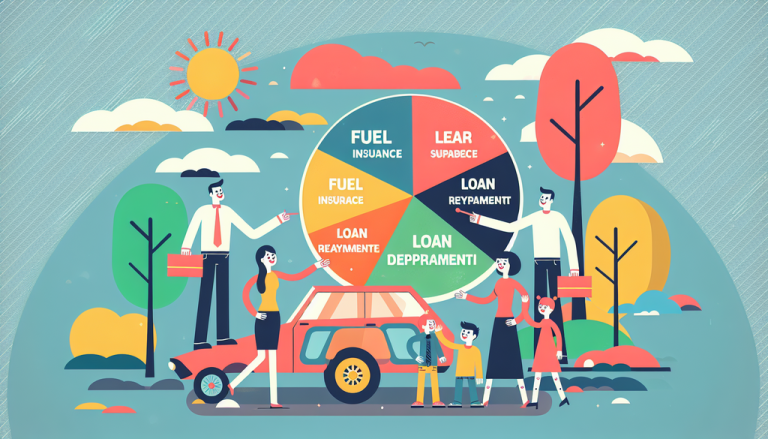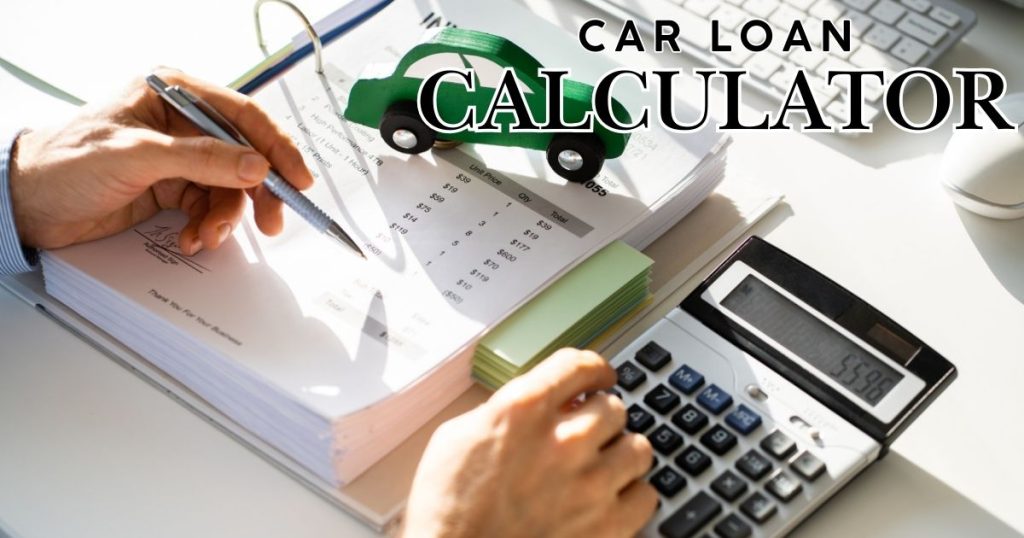Buying a car isn’t just about the sticker price. Most people drastically underestimate the true cost of vehicle ownership, and that financial blindspot can drain thousands from your wallet annually.
Beyond the Purchase Price: The Real Expenses
When you imagine car expenses, your mind might jump to monthly payments. But there’s a complex web of costs lurking beneath the surface that can transform your automotive dream into a financial challenge.
| Expense Category | Average Annual Cost |
|---|---|
| Insurance | $1,134 |
| Maintenance | $792 |
| Fuel | $1,968 |
| Depreciation | $3,600 |
The Silent Wealth Killer: Depreciation
Most car owners don’t realize that depreciation represents their largest single expense. A new car can lose up to 20% of its value in the first year alone, creating an invisible financial drain that most people never calculate.
Smart Strategies to Minimize Ownership Costs
- Choose reliable car models with lower maintenance histories
- Consider certified pre-owned vehicles
- Perform regular maintenance to prevent costly repairs
- Compare insurance rates aggressively
Cracking the Insurance Code
Insurance isn’t a one-size-fits-all expense. Factors like your driving record, vehicle type, and even credit score can dramatically influence your premiums. Young drivers might see costs triple compared to experienced motorists.
Fuel: The Ongoing Expense
Electric and hybrid vehicles are changing the game. While initial costs might be higher, long-term fuel savings can be substantial. A hybrid might save you $500-$1,000 annually in fuel expenses compared to traditional gasoline vehicles.
Your Financial Roadmap
Understanding the complete financial landscape of car ownership transforms you from a passive consumer to an informed decision-maker. Each choice—from the model you select to how you maintain it—impacts your long-term financial health.



